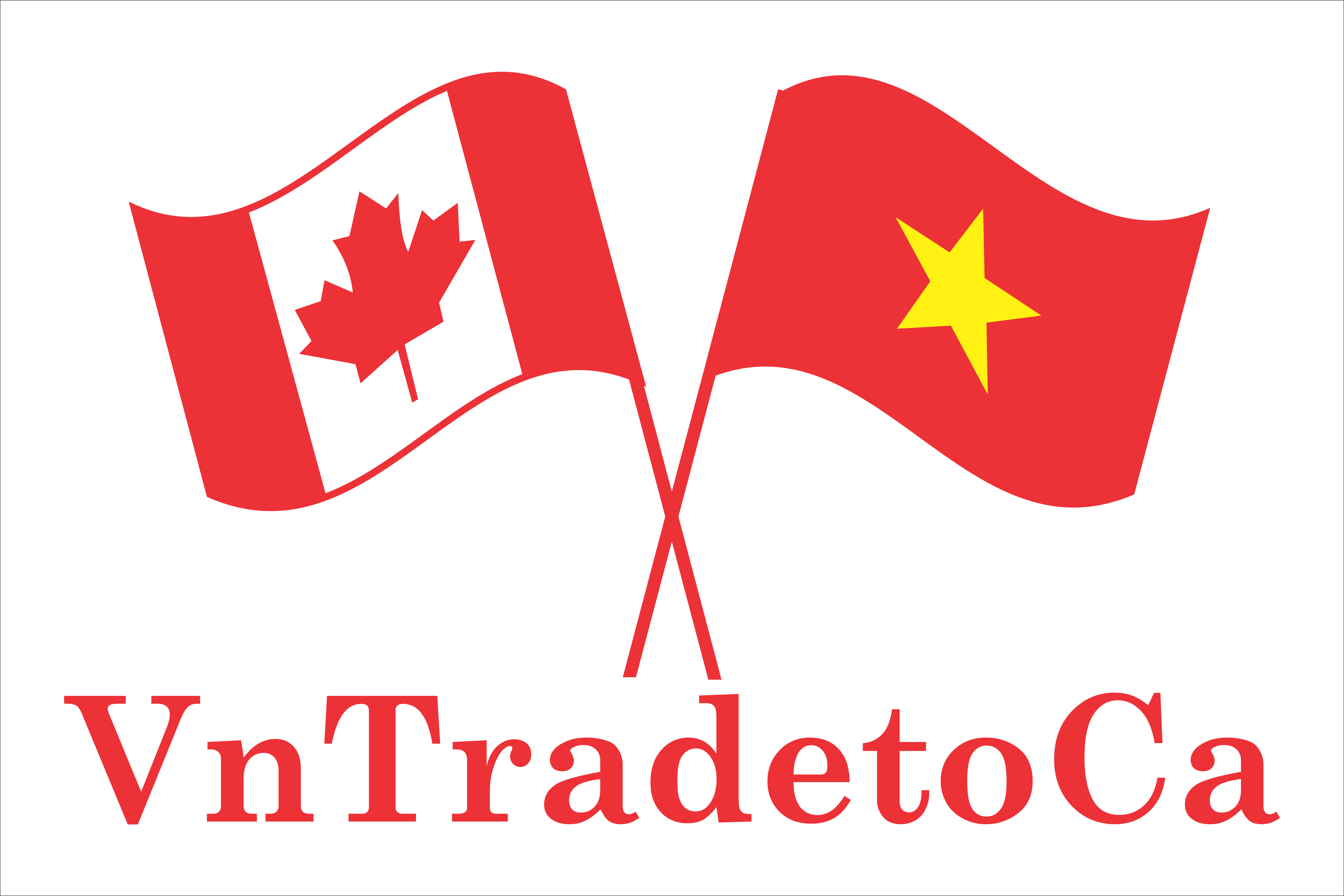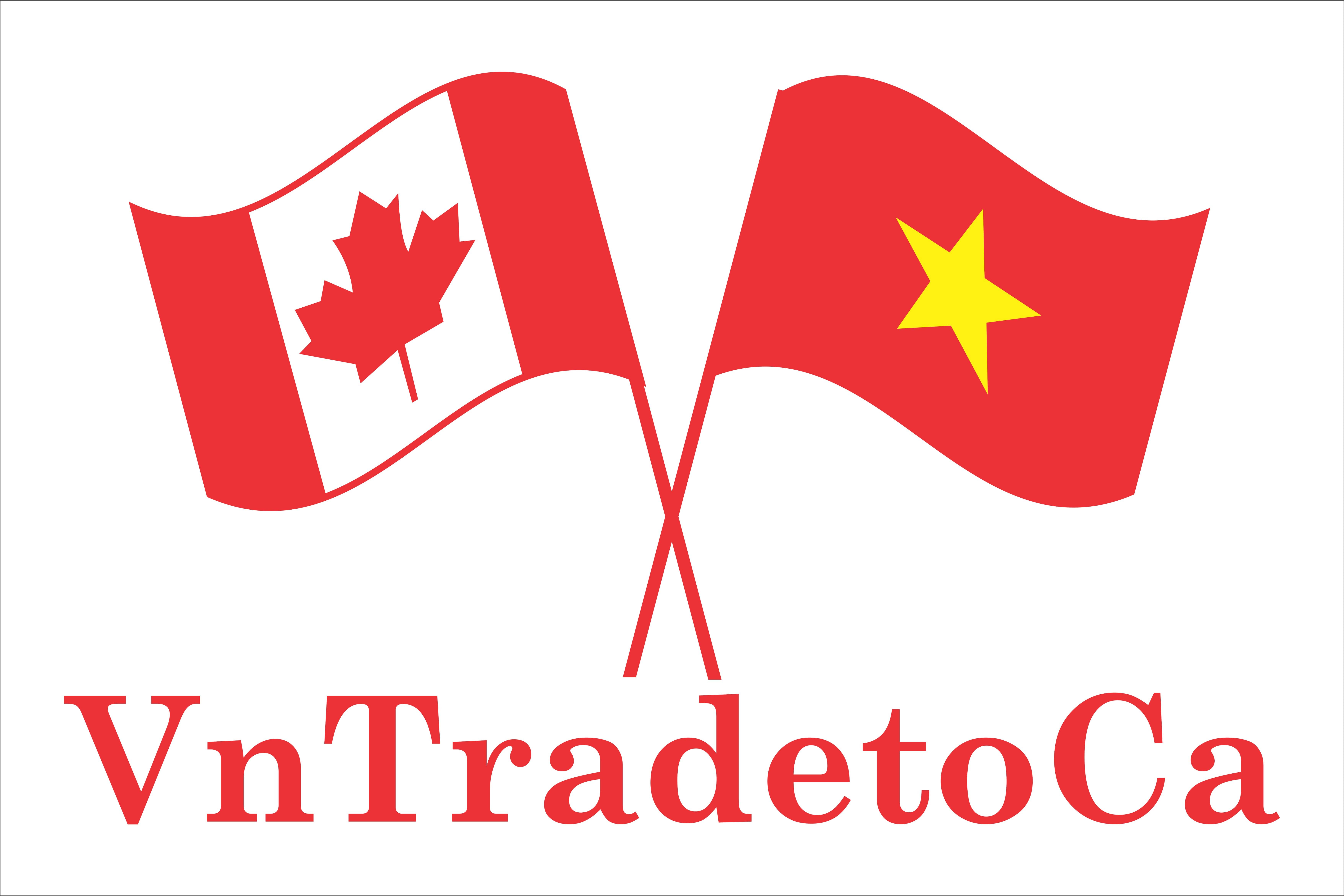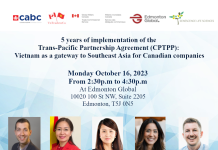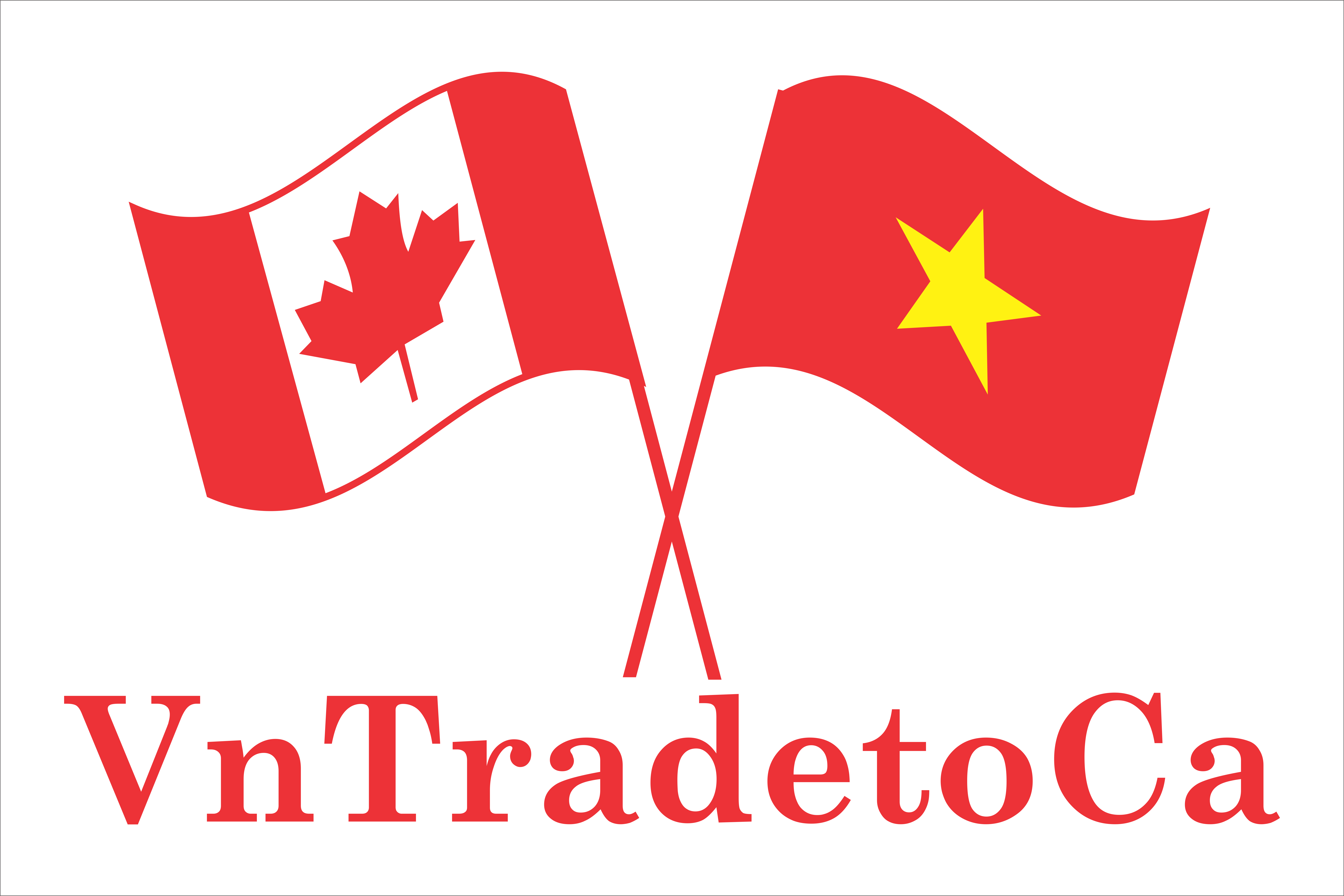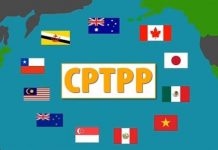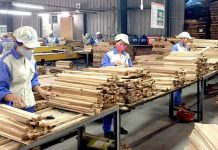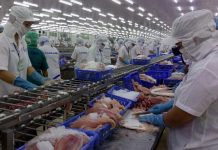After several years of negotiations, an Asia Pacific trade deal is set to be signed in 2020 that is expected to help drive deep partnerships across the continent. Executive director of the Asia Trade Centre Deborah Elms shares her viewpoint on why the deal is a game-changer, as well as explains the advantages and disadvantages for the business community.
 |
| Executive director of the Asia Trade Centre Deborah Elms |
Now that the 15 Asian countries in the Regional Comprehensive Economic Partnership (RCEP) agreement have concluded negotiations, attention is turning to how companies might actually use the deal. While all the specifics will not be known until texts and schedules are released at signature in February or March, one important concept is worth exploring in greater detail: how this agreement has the potential to radically transform trade with just one element – a regional rule of origin.
| The Regional Comprehensive Economic Partnership is a free trade agreement negotiation involving 15 countries: the 10 ASEAN members – Brunei, Cambodia, Indonesia, Laos, Malaysia, Myanmar, the Philippines, Singapore, Thailand, and Vietnam – and the five countries with which the ASEAN has existing free trade agreements: Australia, China, Japan, South Korea, and New Zealand. Negotiations were formally launched in 2012 at the ASEAN Summit in Cambodia. |
To appreciate why this single item is so important, it worth stepping back to understand in a simplified way how companies make goods without any trade deals and how they struggle to manage production across multiple trade agreements.
Take the example of a bottle of shampoo. This is a useful example for many reasons. First, both large and small companies compete to sell shampoo to customers. Second, this is an item that has universal appeal, where local or regional variations are likely to be relatively modest. Third, shampoo can have a lot of ingredients which are rarely found in just one country.
Finally, it tends to be subject to an interesting variation in protection at the domestic level in Asia. Perhaps surprisingly, shampoo often faces relatively high tariff barriers at the border. Applied tariffs (those actually charged on imported goods) can be 10-20 per cent into many markets in Asia.
Without any trade agreement in place, a company that wants to send shampoo into a new foreign market will need to create the product and pay the Most Favoured Nation (MFN) tariff rate for shampoo.
Depending on the market, some shampoo businesses may have access to lower tariffs by using free trade agreements (FTAs). These FTAs are typically designed to give preferences or benefits to member country businesses that non-member counterparts do not receive. This usually includes at least lower tariffs, or even zero tariffs, on most or all products between member countries.
The size and scope of these preferences depends on the negotiations. Higher quality agreements, in general, give deeper tariff cuts on a bigger set of goods. The best FTAs aim for duty-free treatment on all goods.
For businesses, however, these benefits can come with a catch. Lower tariffs do not come automatically. Companies have to demonstrate that they qualify for preferences. Typically, products need to be either 100 per cent “from” the member countries in the agreement (grown, harvested, or dug up as an example) or show that the product has been “substantially transformed” in the member countries to qualify.
If the item is 100 per cent “from” the members of the FTA, this seems straightforward. Most people intuitively grasp that a carrot or potato traded between two parties in an FTA should qualify for lower tariffs in a bilateral trade deal.
Shampoo, of course, is not grown or harvested. Ingredients are probably sourced from outside one market and may include items from outside both (or all) of the parties in the FTA. How much of the total content in the bottle of shampoo needs to be “from” the members to count for lower tariffs?
Trade negotiators spend a lot of time negotiating the rules of origin (ROO) to account for these problems. While not getting into the technical details here, basically the members often agree on a threshold that has to be satisfied to allow a product to “count” so the product qualifies for lower tariffs under the trade agreement.
A bottle of shampoo may have 20 ingredients on the label. Depending on the rules, in an agreement with just two members, it can be tricky for some countries to create a bottle of shampoo with enough content from just the two members to ever meet the thresholds to qualify for origin and get the benefits of the lower tariffs on offer. Smaller economies, especially, struggle to find enough domestic resources to satisfy content for products, as so many raw materials, parts and components are imported.
This is partly why businesses do not often use FTAs, even if they might appear to benefit from the agreement. If businesses find the FTA rules too bothersome, if the tariff preferences are small compared to MFN rates, or if products simply do not qualify, they can always ship products under the MFN tariff levels and avoid using an FTA at all.
For many companies that have the ability to use different FTAs, the world is both full of benefits and more complicated.
Take the example of a small company in Singapore trying to make shampoo for shipment across Asia. Singapore currently has more than 20 different FTAs in place that each provide special preferences, including potential for shampoo tariff reductions.
However, the ROO are going to be a problem. The Singaporean company relies on imported materials to create the final product. Even if the Singaporean company gets many items from within the ASEAN and has a huge potential advantage with using six existing ASEAN trade agreements, it could still struggle to ship across Asia. Depending on where it sources all the other materials from, it may or may not qualify for lower tariffs into different markets.
To illustrate the problem, if the company wanted to send a bottle to South Korea, it may need to ensure that it adds more South Korean ingredients to meet the ROO under the ASEAN-South Korea FTA.
If the company got an order from Japan, it may not be able to use the same bottle, because the South Korean “content” would not count. It may need to be swapped out for Japanese raw materials instead to qualify for lower tariffs under the ASEAN-Japan FTAs.
If a staff member in Singapore accidently shipped the Japanese content bottle to South Korea and claimed FTA preferences under the ASEAN-South Korea FTA, the company could be liable for mis-declaration with potentially significant fees and penalties.
Under the RCEP, however, the shampoo company can make shampoo safe in the knowledge that – as long as the content in the bottle comes from anywhere in the 15 markets in Asia meeting the ROO for the RCEP – it can be shipped to any of the 15 markets in Asia without any changes in formulation. Given the size and diversity of these markets, this is a significant advantage to all Asian-based businesses.
Even better, under the deal, businesses will need to fill out only one sheet of paper to prove that their products qualify for origin. The new RCEP certificate of origin should reduce costs and time for companies.
The extent of the benefits will vary in the RCEP. In some instances, the gap between the MFN rate or existing FTA benefits and new RCEP rates may be small. But the ability to ship products, like shampoo, across all of Asia without change in formulation, is still extremely significant. It means that businesses will be competitive in markets that they may never have considered in the past. This apparently small element of the RCEP is likely to be game changing. Companies should start preparing now to use this trade agreement.
